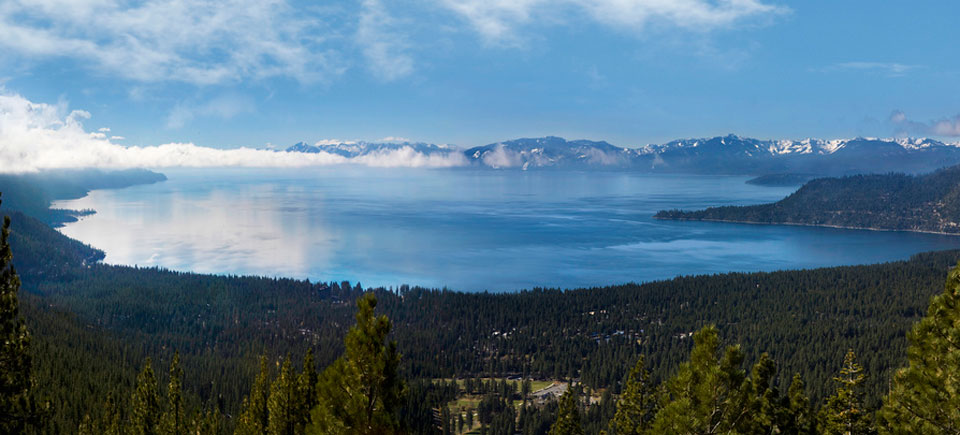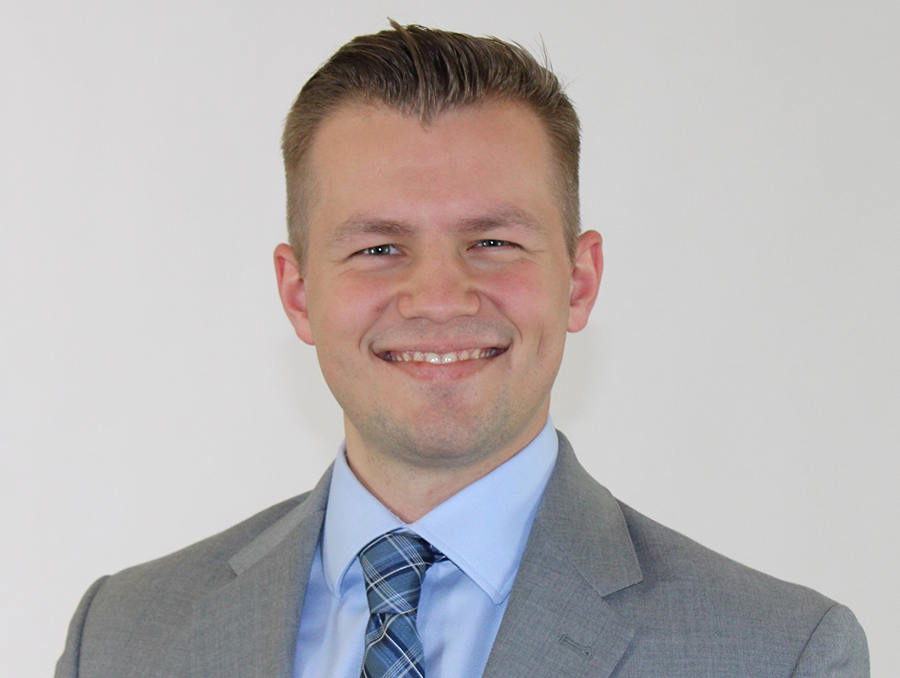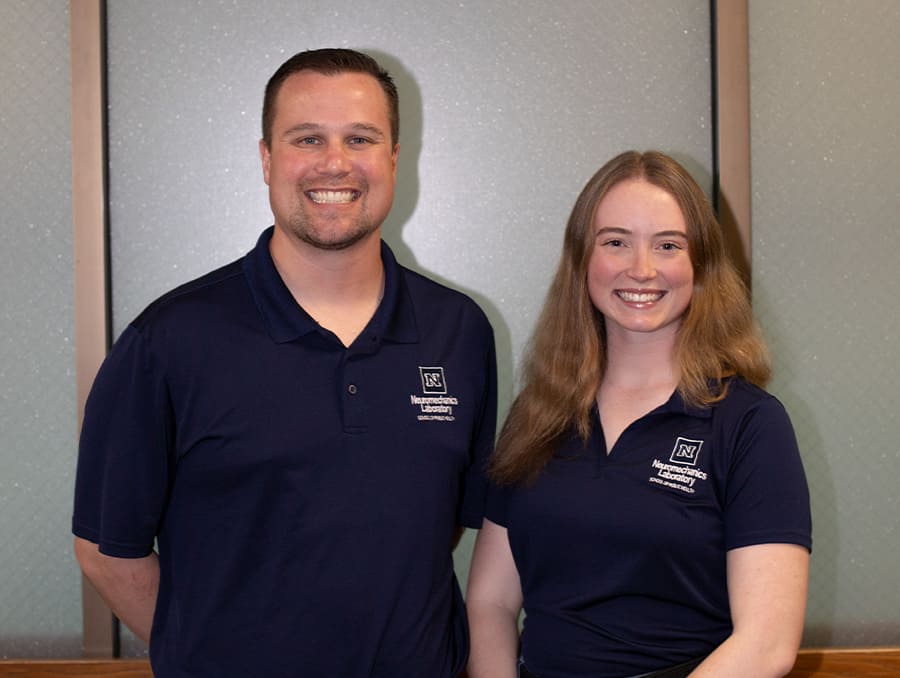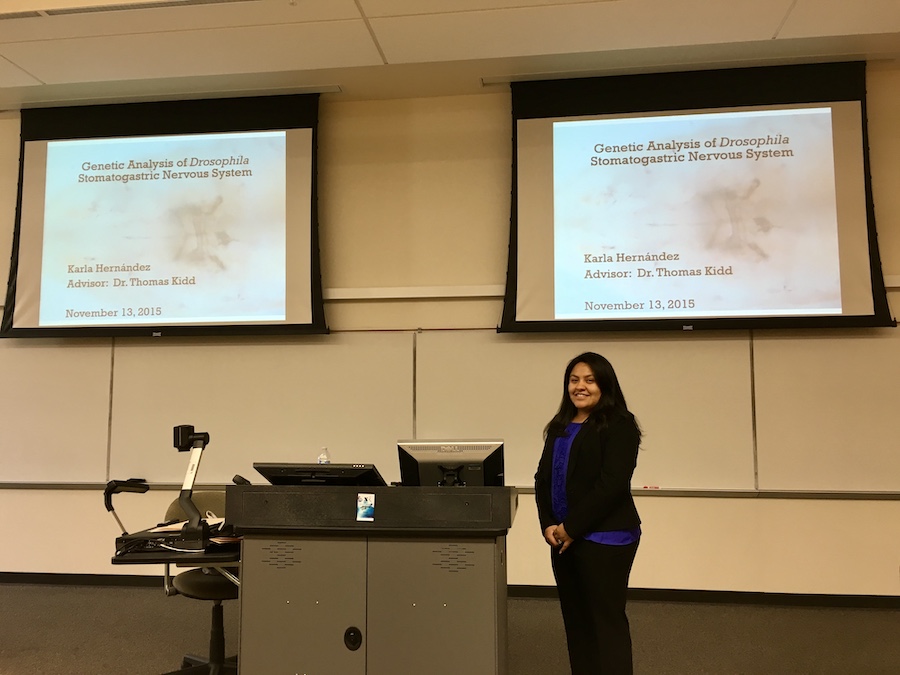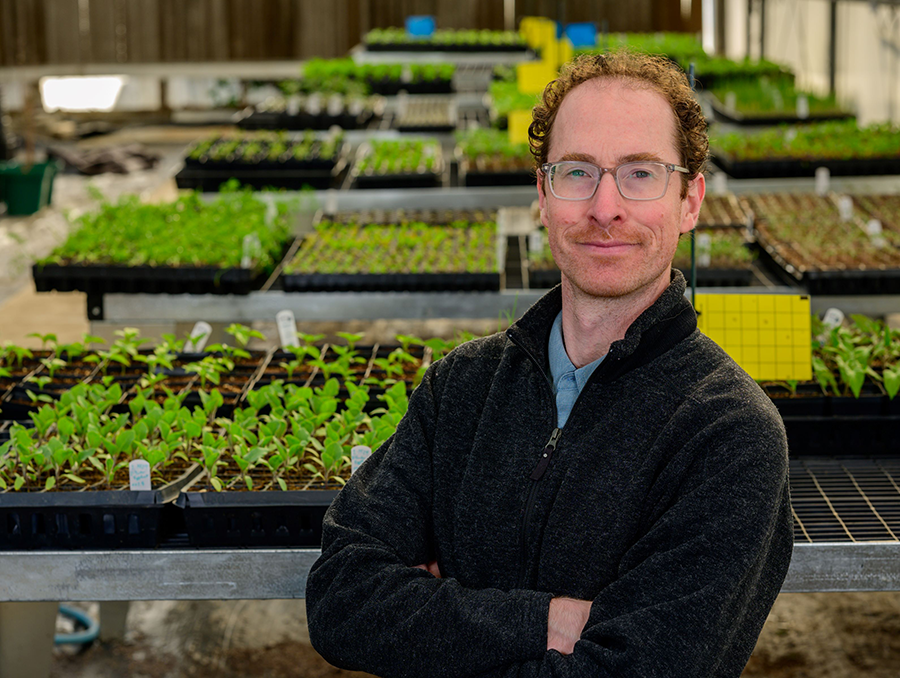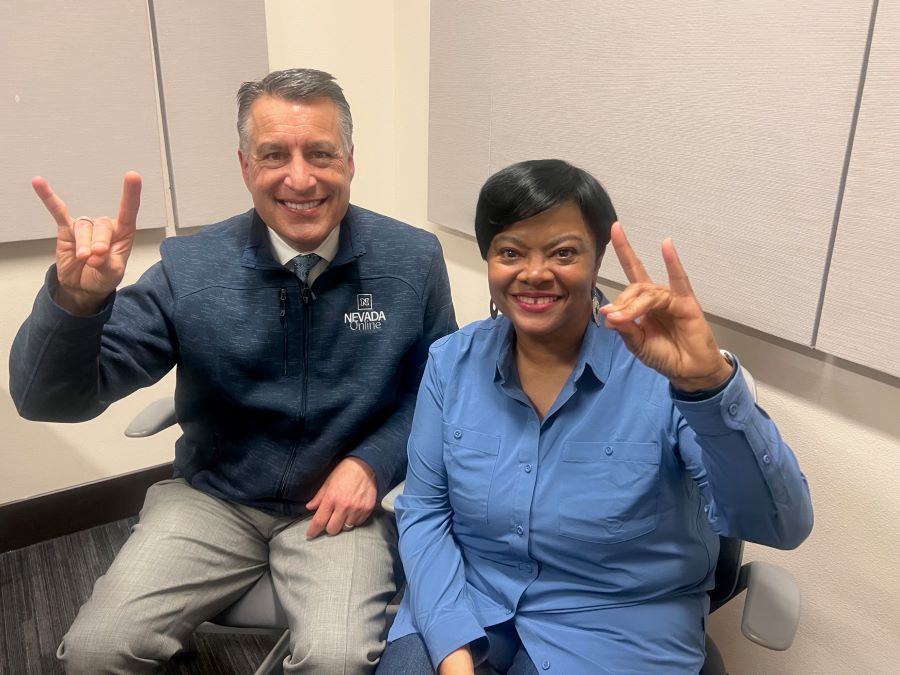University of Nevada, Reno Art Professor Peter Goin has photographed Lake Tahoe from every conceivable angle.
He's crouched in a boat in the middle of the lake's cobalt waters and turned his award-winning camera to the shore, then gently lifted his lens to capture the rising green and granite swirl of watershed that circles Tahoe like a taut ring.
He's visited Tahoe's most beautiful spots, but has also sought areas where Tahoe and its communities have suffered great trauma, such as the Angora Fire area near South Lake Tahoe where in June 2007 a windswept fire charred more than 3,100 acres and destroyed more than 300 homes and commercial structures.
One thing, over more than a quarter century of photography and the production of four books about Lake Tahoe, has become vividly apparent to Goin.
"Tahoe is the canary of the environmental movement," Goin said recently, as he prepared photographs of the Angora Fire landscape for the upcoming Lake Tahoe Environmental Summit on Aug. 13 at Stateline. "What happens to Tahoe happens to us all."
It is this notion of interconnectivity, of understanding the past as environmental prologue and then using this knowledge to augment future scientific inquiry at one of the world's most beloved lakes, which could be one of the keys in sustaining Tahoe's future.
For more than four years now, Goin, along with Scott Hinton, coordinator of photographic research, has chronicled the Angora Fire site by photographing 10 sites sometimes as frequently as twice a month. The photos offer an intriguing resource for researchers involved with Tahoe's ecological underpinnings, its air, soil, plants and water, and how these assets, altered by fire and other variables, can change over time.
Mike Collopy, the University's assistant vice president for research and one of the institution's key coordinators of Tahoe research, said fine arts research exemplified by Goin's work and, as another example, the scientific inquiry of Peter Weisberg, an associate professor in the Department of Natural Resources and Environmental Science, are efforts that stand side by side in evaluating Tahoe and its future.
After all, both researchers are after much the same thing.
"They're both collecting data and information, but in different ways," Collopy said. "Some researchers are about maps and data and GIS - which is the approach that Peter Weisberg takes. When you see Peter Goin's photography, it becomes very apparent that he's using electrons ... but for different purposes. Ultimately, though, he's seeking, much like Peter Weisberg, a better understanding of Lake Tahoe."
Weisberg's work is profiled in the joint University-Desert Research Institute produced Lake Tahoe research publication, "Tahoe: A Legacy of Research, Education and Outreach."
In the story, "Satellites and computer models help study forests," it is noted that Weisberg's work has strong implications for the lake's future clarity. Weisberg's graduate student Sarah Karam, for example, uses computer modeling to investigate nutrient cycling, with the work spanning historical events within the Lake Tahoe Basin from the mining boom period in the 19th century to modern fire management techniques such as fuel treatments to minimize the risk of fire.
Karam is a Ph.D. student in the Ecology, Evolution and Conservation Biology graduate program, which has over the years contributed a great deal of student-driven research concerning ecology and conservation of Lake Tahoe.
Karam's model, which addresses flow of nitrogen and phosphorous on the ground, has been "valuable in relating vegetation management in the forest to implications for unseen natural processes like nutrient levels," Weisberg explained. Interestingly, Weisberg noted, "the modeling suggests (removing brush - a longtime fire risk reduction practice) might not be effective in restoring historic nitrogen cycling within the next 100 years. It has an effect on reducing fire risk, and possibly for restoring those components of forest structure that we can see, but maybe not for reversing the effects of increased nutrient loads."
The creation of a model like Karam's provides the scientific community with a valuable tool, one that allows the researchers to bring into a much clearer focus the interactions between forest management practices and the Basin's natural processes.
"We can measure a lot of things on the ground," Weisberg said, "but we don't have a time machine to go back to before the forest was influenced so much by logging and fire suppression. A model, based as much as possible on information collected in the field, is valuable for improving how we understand natural processes over large areas and long time periods. Models can be used for hindcasting past conditions as well as forecasting the future."
Weisberg's work makes heavy use of satellite imagery, mathematical modeling of ecological processes, and intensive analysis of images and data.
"The computer is really just a calculation tool so we can integrate our mathematical models - systems of equations - where the mathematics is our attempt to simplify and abstract the natural world," Weisberg explained.
Weisberg cited the work of research assistant professor Jian Yang, who has studied the number and distribution of forest fire ignitions. Yang's model includes such variables as roads and population centers. Weisberg said the model uses climate change predictions that have been "downscaled" to the Tahoe Basin, and has found "that for the worst-case greenhouse gas emissions scenario, there could be up to three times more fire ignitions by the end of the century, and the location and number of fires will change. If that comes to pass, the forest and entire landscape may be greatly altered."
Collopy said that the hard science supplied by researchers such as Weisberg, as well as the visual testimony provided by researchers such as Goin, are both good examples of why the University's Tahoe research agenda over the past 15 years has been varied, broad and effective in connecting with resource managers, governmental bodies and perhaps most importantly, the communities and people of Lake Tahoe.
A good example of Collopy's assessment appeared recently in the national media.
On July 12, The New York Times' article, "Crayfish to Eat, and to Clean the Water," told the story of businessman Fred Jackson and Sudeep Chandra, a University Natural Resources and Environmental Science professor. Together, the two had led an effort persuade the State of Nevada "it would be good business" by authorizing the commercial trapping of crayfish at Tahoe.
By harvesting crayfish, Jackson was not only contributing to his bottom line for his fledgling business, he was helping keep the lake blue by reducing the number of crayfish, which have been found to be contributors to algae growth in the lake, which, in turn, hurts the lake's legendary clarity.
"This is where science stops and you need people to step in and make a decision to try to improve the lake," The Times quoted Chandra, who is one of the country's leading invasive species experts.
Collopy said he sees such examples as a clear indication that the more than $300 million in state and federal funding that was originally allocated for Tahoe research 15 years ago is now coming full circle.
"Work is finishing up in waves now," Collopy said. "The people of the Basin are beginning to see a lot more reports and information of what the scientific has learned."
A key piece in this communication process is the work of the Tahoe Science Consortium, a seven-year-old partnership of the research organizations and resource management agencies at Lake Tahoe, of which the University is a member.
"The Tahoe Science Consortium will continue to work to synthesize the key findings so the average person won't have wade through thousands of pages of what the researchers learned and what the next steps should be," Collopy said.
Through the lens of his camera, Goin, too, is working to investigate what the next steps could be.
Just as researchers such as Peter Weisberg represent a proud tradition of University research inquiry at Lake Tahoe that reaches back to the work of Professor James Edward Church and the development of the study of snow science in the early 1900s, the visual history of Lake Tahoe reaches back even further to photographs that were taken at various Tahoe sites in the 1870s.
In the wake of the Angora Fire, Goin established 10 plot points, some, but not all, within urban areas, to photograph.
"I wanted to look at landscape change," Goin said, "and one of the most transformative elements at Lake Tahoe has been fire. For the Angora Fire area, it's been fascinating to look and see what has happened in the interim. We've starting our fifth year now, and it's a very interesting narrative ... a time-motion study of the post-Angora landscape."
During a recent visit with Hinton, the changes, both subtle and striking, were on display as Hinton, a soft-spoken, friendly, mountain biking native of Auburn, Calif., clicked through hundreds of post-Angora landscape images. Homes have sprung from what had been, only a few months before, smoldering pits of ashes. "The sense of how hot that fire was very apparent," Goin said. "It just sterilized the soil."
Darkened trees in the photos seemed to take on a mind of their own as the seasons and years passed. Wind and winter and moistened soil trimmed what were at first thick clusters to a spare group of surviving stragglers. Strangely, even amid the images of ash and ghostly trees and mountainsides that appeared as if they had been gutted and had gone brown through the work of a vicious blade, there was also a sense of renewal. There were no signs of retreat. Interspersed in the images were photos of Goin, Hinton and a cadre of University photography students, who were seen time and again, clipboards and cameras in hand, assiduously capturing all of the seasons of the Angora Fire site.
"There is a fundamental value of hope at Angora," Goin said.
Goin said the photos, and the carefully calculated, scientifically based way in which they were gathered, using modern technology in a similar manner to Weisberg and his team, were yet another example of the increasingly visual world in which we learn and live.
It's not that far-fetched, he said, to think of future generations of University scientists, whether of the liberal arts persuasion or from the world of hard sciences, to approach Tahoe research with the same visual orientation in mind.
"The younger generation is inherently visual," Goin said. "This is how they negotiate their understanding of the natural world. I really think we'll be able to communicate the hard data we determine at Tahoe by also embracing the visual."
(Editor's note: This year's Lake Tahoe Environmental Summit will be hosted by Nevada Sen. Dean Heller, and will be held Aug. 13 at Edgewood Tahoe, 100 Lake Parkway, Stateline, Nev. This year's summit will focus on investing in public-private partnerships at Lake Tahoe. In addition to Heller, scheduled attendees include Nevada Gov. Brian Sandoval, California Gov. Jerry Brown, Nevada Lt. Gov. Brian Krolicki, and California Sen. Dianne Feinstein.)
To read the latest edition of the joint University-Desert Research Institute publication, "Tahoe: A Legacy of Research, Education and Outreach."
